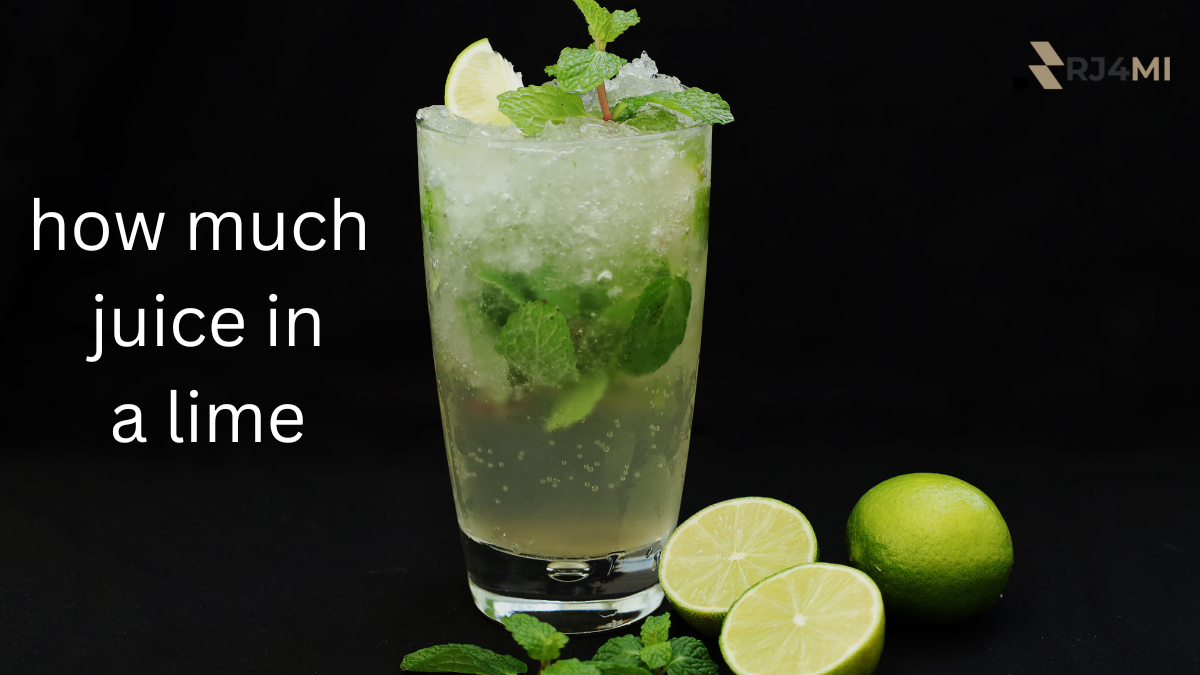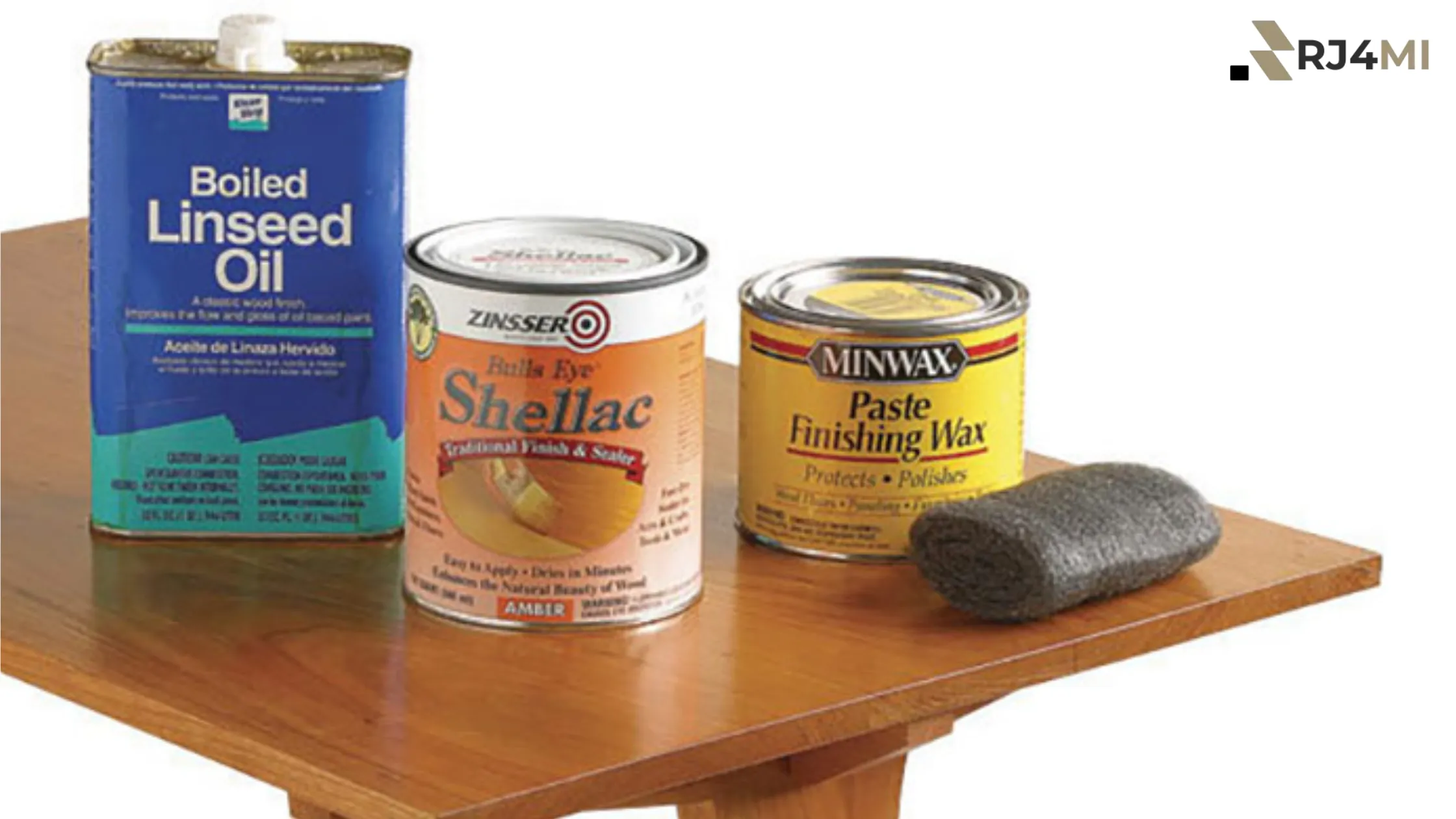Table of Contents
Have you ever wondered how much juice is in a lime? Whether you’re making refreshing lemonade, a tangy salad dressing, or a zesty marinade, knowing exactly how much juice you can get from a single lime is helpful. The amount of juice in a lime is sometimes different; it varies based on several factors, from the size and ripeness to how you squeeze it. In this article, we’ll explore how much juice you can typically get from a lime and share some simple tips on squeezing every last drop.
What’s the Average Amount of Juice in a Lime?
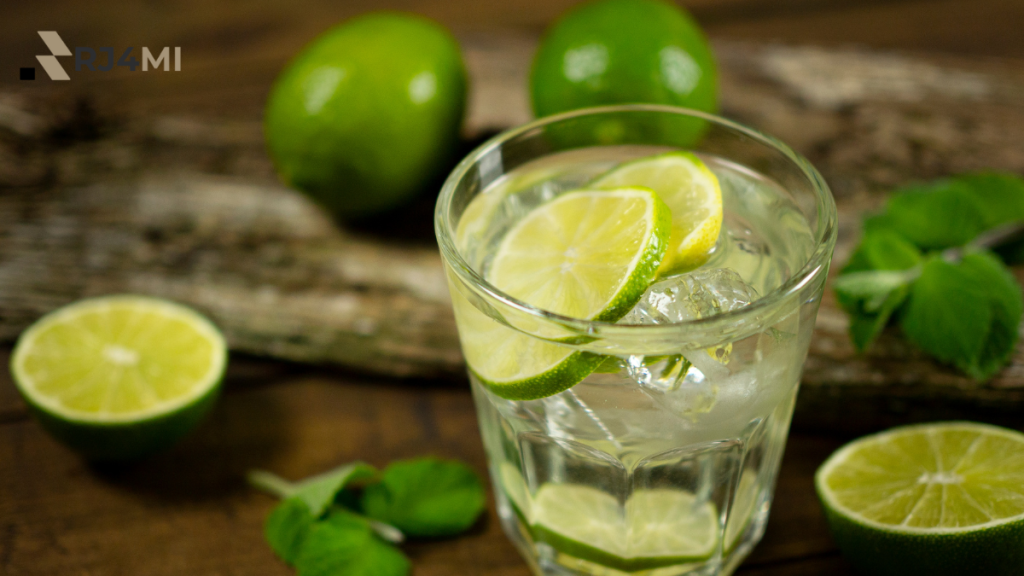
Most people expect a pretty standard answer when you wonder how much juice is in a lime. However, the amount can differ. On average:
- A medium lime usually provides about two tablespoons (or around 1 ounce) of juice.
- Smaller limes, such as critical limes, may yield about one tablespoon of juice.
- Larger, juicier limes may surprise you with up to 3 tablespoons.
These measurements help, but remember that not all limes are alike. A juicy lime in peak season may give you more than expected, while a dryer one might disappoint. Generally, if a recipe calls for the juice of one lime, you can expect it to be around two tablespoons.
Factors That Affect the Amount of Juice in a Lime
You might notice that sometimes you squeeze a lime and get lots of juice, while other times, not so much. Here are some key factors that affect how much juice is in a lime:
- Ripeness: A ripe lime is softer and gives more juice than an unripe one. Limes that are bright green and feel slightly soft when gently squeezed are usually at their juiciest.
- Size: Naturally, bigger limes tend to produce more juice than smaller ones. A medium lime gives around two tablespoons, but a larger one can provide even more.
- Freshness: Fresh limes contain more juice than older, wrinkled ones. The juice content starts to decrease once they begin to dry out or age.
- Type of Lime: Key, Persian, and Tahiti limes have different juice yields. Persian limes, for instance, are more extensive and provide more juice than smaller key limes.
- Temperature: A warm lime is more accessible to juice than a cold one. When limes are cold, their juice may flow slowly.
How to Get the Most Juice Out of a Lime
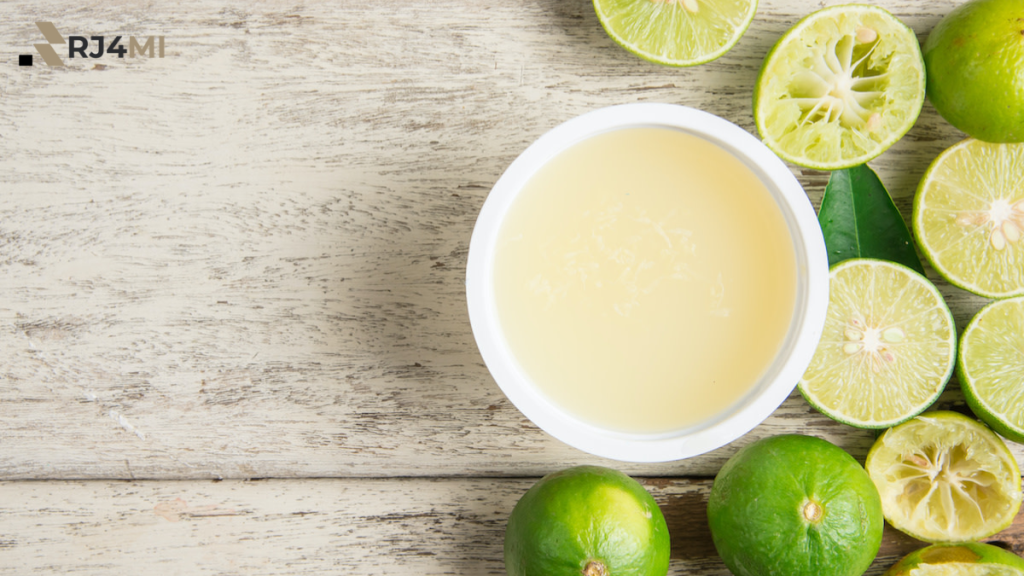
Now that we know how much juice is in lime and the factors that affect it, let’s explore some easy tricks for squeezing out the most juice possible.
- Warm Your Lime: Juicing cold limes is more arduous. For the most juice, leave your lime at room temperature or pop it in the microwave for about 10 seconds. This warms the juice inside, making it easier to extract.
- Roll It on the Counter: Roll your lime on the countertop before gently cutting it and pressing it down. This softens the lime’s insides, loosening up the juice so you can squeeze more out.
- Cut It Correctly: Instead of cutting the lime in half crosswise, try cutting it lengthwise, which can sometimes expose more pulp and give you a better grip for juicing.
- Use a Citrus Juicer: If you regularly need lime juice, consider investing in a handheld citrus juicer. It will help you squeeze more juice with less effort, ensuring nothing goes to waste.
- Squeeze and Twist: When you’re squeezing by hand, don’t just press down. Give the lime a little twist to break down the pulp inside and release more juice.
Tips for Storing Fresh Lime Juice
You might have more than you need when you’ve squeezed out all the juice. Here’s how to store your fresh lime juice:
- Use an Airtight Container: Fresh lime juice can be stored in an airtight container in the fridge for up to 3 days.
- Freeze It for Later: Lime juice can be frozen in ice cube trays. Once frozen, transfer the cubes to a freezer bag and store them for up to 3 months. This way, you’ll have fresh lime juice ready anytime.
- Avoid Storing in Metal Containers: Lime juice is acidic and can react with metal, affecting taste and safety. Always store lime juice in glass or plastic containers.
Popular Recipes and Uses for Lime Juice
Lime juice is a versatile ingredient that enhances a wide range of dishes. Here are some popular ways to use lime juice:
- Salad Dressings: Lime juice adds a bright, tangy flavor to vinaigrettes and dressings.
- Marinades for Meat and Seafood: Lime juice’s acidity helps tenderize meat and infuses it with a refreshing flavor.
- Refreshing Beverages: Lime juice is a classic choice for homemade lemonade, cocktails, and mocktails, giving them a tangy, thirst-quenching twist.
- Mexican and Thai Cuisine: From tacos to pad Thai, lime juice is an essential ingredient in many dishes, adding freshness and balance.
- Desserts: It may surprise you, but lime juice works wonders in desserts like key lime pie, sorbets, and even as a garnish for cakes.
Health Benefits of Lime Juice
Beyond the question of how much juice is in a lime, let’s pay attention to its health benefits. Lime juice is packed with nutrients, including Vitamin C and antioxidants, which provide numerous health perks:
- Boosts Immunity: The Vitamin C in lime juice supports your immune system, helping to fend off colds and illnesses.
- Aids Digestion: The acidity in lime juice stimulates digestion and can help ease bloating or indigestion.
- Improves Skin Health: Vitamin C promotes collagen production, keeping your skin youthful and fresh.
- Enhances Iron Absorption: When paired with iron-rich foods, lime juice helps the body absorb iron more effectively, particularly useful for those with iron deficiency.
How Much Juice Do You Need for Common Recipes?
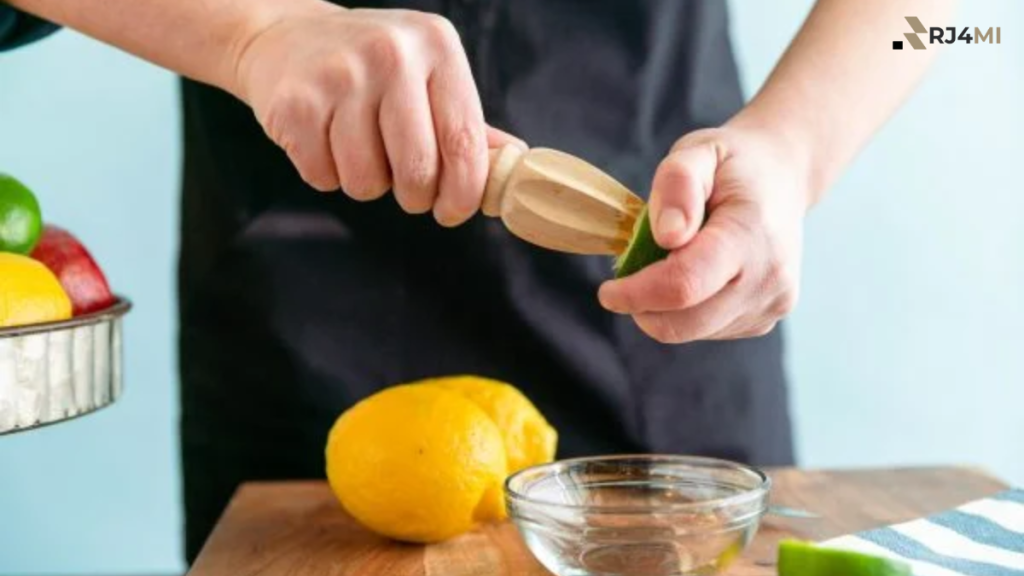
You need a specific amount of lime juice when cooking or baking. Here’s a quick reference to help you know how many times you’ll need:
- One tablespoon of lime juice: half a medium or one small lime.
- ¼ cup of lime juice: About two medium limes.
- ½ cup of lime juice: Around four medium limes.
These guidelines can save you from over- or underestimating the number of times you need when following recipes.
Also read: Lime Juice: How Much Can You Really Squeeze From One?
So, how much juice is in a lime? While a standard medium lime typically yields around two tablespoons of juice, this amount can vary. Factors like the lime’s size, ripeness, and temperature can influence how much juice you get. You can maximize your juice yield every time by following simple tips like warming your lime or using a citrus juicer. And now, whether you’re preparing a drink, a dish, or a dressing, you’ll know just how many times you need to get the perfect amount of juice.

